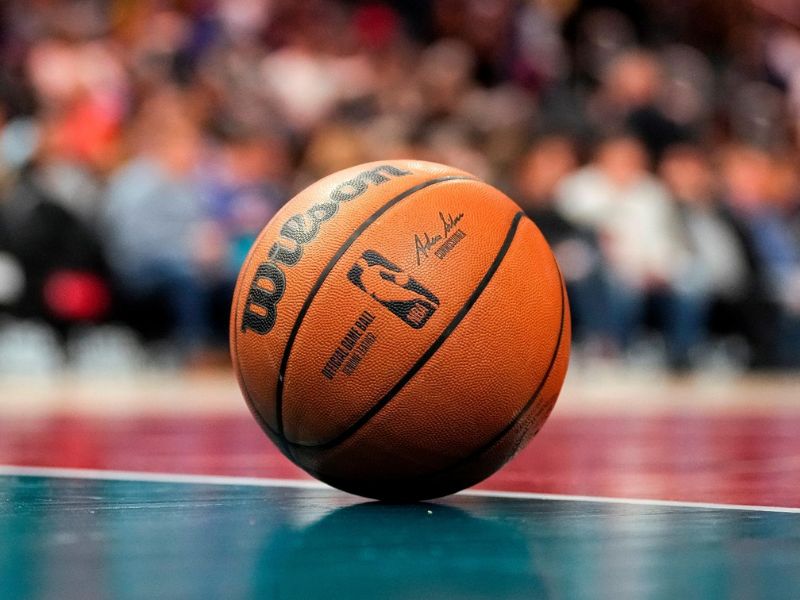Meaning, restrictions, and consequences for the NBA’s salary cap, cap space, luxury tax apron, and second apron in 2023–24: The NBA salary cap has gradually risen each year. An explanation of the NBA’s 2023–24 salary cap, cap space, luxury tax apron, and second apron for the upcoming season
Except for COVID, the NBA salary cap has progressively increased every year. As a result, players can now agree to record-breaking contracts, giving front offices more freedom to assemble championship-winning teams.

Meaning, guidelines, and sanctions for the NBA’s salary cap, cap space, luxury tax apron, and second apron in 2023–24
For the 2023–24 season, the NBA salary cap is set at $134 million. Teams are allowed to go over this limit by the new Collective Bargaining Agreement, but doing so will result in a variety of penalties.
One salary cap number to pay attention to is the luxury tax, which is set at $162 million for the next season. If teams go over this limit, they will be charged extra for exceeding the tax. Under the new CBA, there is a second apron that is higher than the luxury tax. For the following season, it will be $179.5 million, which is $17 million more than the luxury tax. Teams that go over the second apron will be hit with severe fines, much like the luxury tax.
The LA Clippers (192.9 million) and Golden State Warriors (192.3 million) had the biggest payrolls in the NBA this season. However, LA might not have the highest for the 2023–24 season, depending on what happens with Draymond Green and Golden State. The All-Star forward recently decided against exercising his player option, making him an unrestricted free agent.
What are the consequences of exceeding the NBA salary cap?
As teams pay more than the NBA salary cap, they are subject to increasingly severe penalties. The luxury tax bill must first be paid by each club liable to the levy. The amount of veteran minimum agreements that teams subject to the tax may offer is likewise restricted by the new CBA.
The most severe punishment is meted out to teams that are passed the second apron. The front office won’t be able to sign players to mid-level exception contracts on the free market, which will have an impact on their draught options. In addition to the previously listed considerations, teams in the second apron will also find it harder to salary-match when arranging transactions.
The second-worst penalty on the apron is probably not being able to sign players on the buyout market. In the past, clubs have used this strategy to find key players in the weeks before the playoffs. The Miami Heat’s signing of Kevin Love after the Cleveland Cavaliers bought him out is the most recent example of this.

